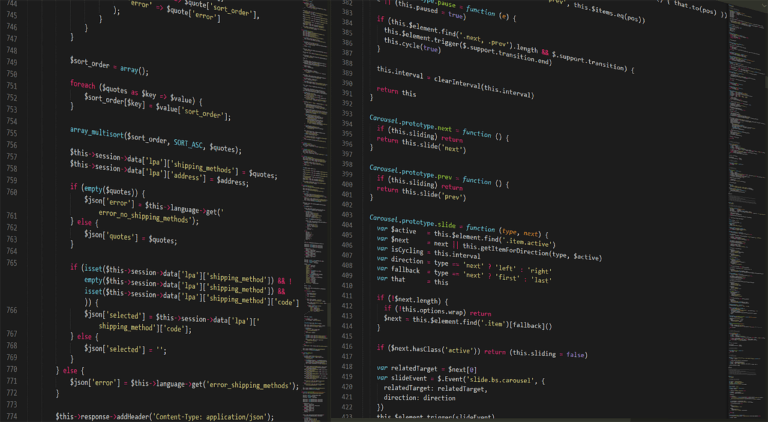Top challenges in iOS development

In iOS development, the biggest hype over the past year has been around apps that use machine learning (ML) and augmented reality (AR). For both of these areas, Apple has created very handy system libraries MLKit and ARKit, respectively. They allow you to integrate the latest ML and AR advances with just a few lines of code. But so far, every Swift app development company faces some iPhone challenges. In the future, supply will dictate demand. Development teams are waiting for applications from online stores for AR fitting rooms or, for example, analyzing and processing reviews using Machine Learning tools.
What’s interesting going on with the Swift language right now?
Swift has grown tremendously in recent years to become the mainstream programming language for iOS. About 95% of new iOS apps are built with Swift. In addition, the expansion of the Swift language to the Linux platform continues. If you are planning to develop a cross-platform application, then you need a Flutter app development company.
A bit of theory
Implemented in 2014, Swift 4.2 LSP (Language Server Protocol) allows you to conveniently work with the language not only in the Xcode environment sharpened for macOS, but also in other IDEs that can be run on Linux. For example, you can program in Visual Studio Code. The number of system apps that Apple has rewritten from Objective-C to Swift is growing exponentially in iOS versions 10, 11, and 12. This is one of the developer challenges.
To start writing programs for iOS, you need to have an Apple device
The barrier to entry for iOS development is high, but it comes with hardware costs. To get started, you need a MacBook, preferably a not very old model. You will install the Xcode development environment on it, after which you can start writing your first program. You won’t have to pay anything else at the start: a free certificate tied to your Apple ID is enough.
But to upload your application to the store, you need to pay for a distribution license. It costs $ 99 per year, but usually this money is paid not by the developer, but by the customer of the application. If the company is engaged in the development, then the contribution is $ 299.
Testing the finished product
You can test the created application even in a software simulator, even on a device connected to the MacBook, you do not need to pay for it. But there is also a nuance here: not all functionality is available under a free developer license. For example, you need a paid annual subscription to connect to iCloud.
For what tasks is Objective-C preferable?
Objective-C has been the only development language for creating programs for iOS and macOS for many years. During this time, programmers have written many libraries and modules on it, which are still widely used, and they cannot be replaced in an instant. And, most likely, it is not necessary. So Swift and Objective-C are a fusion of two related technologies.
Yes, now Swift has reached a level where you can write applications without knowing Objective-C and without even knowing about the existence of this language. But for a complete understanding of system processes, knowledge of Objective-C is very useful. We also need specialists in this technology to maintain legacy code that needs to be maintained and optimized.
If we dig even deeper, we can see that some iOS projects require C / C ++ libraries. In some cases, this allows you to achieve a large performance gain. In order not to go far for an example: the popular Realm library for storing data in mobile applications is implemented in C / C ++. Therefore, we believe that knowledge of the basics of the C language (for example, pointers and memory layout) will be useful to any developer today.
What are the most difficult topics in Swift?
Swift is rich in features: there are generics, protocols, and associative types that are actually protocol generics, and there are also protocol extensions. When working with protocols and protocol extensions, the compiler can use static or dynamic dispatch of methods, they have different execution speeds. Our main task is to optimize the code correctly. When we try to combine advanced techniques to get super-advanced, it’s easy to get confused.





